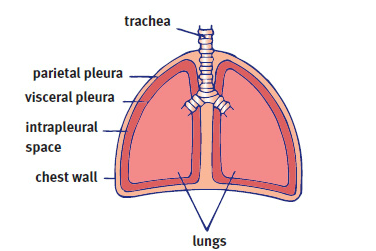No. 35.
During the respiratory cycle, contraction of the diaphragm causes:
A. exhalation
B. elevation of the ribs
C. the intrapleural pressure to increase
D. the intra-alveolar pressure to decrease.
Answer: D
During the respiratory cycle, contraction of the diaphragm causes:
A. exhalation
B. elevation of the ribs
C. the intrapleural pressure to increase
D. the intra-alveolar pressure to decrease.
Answer: D

